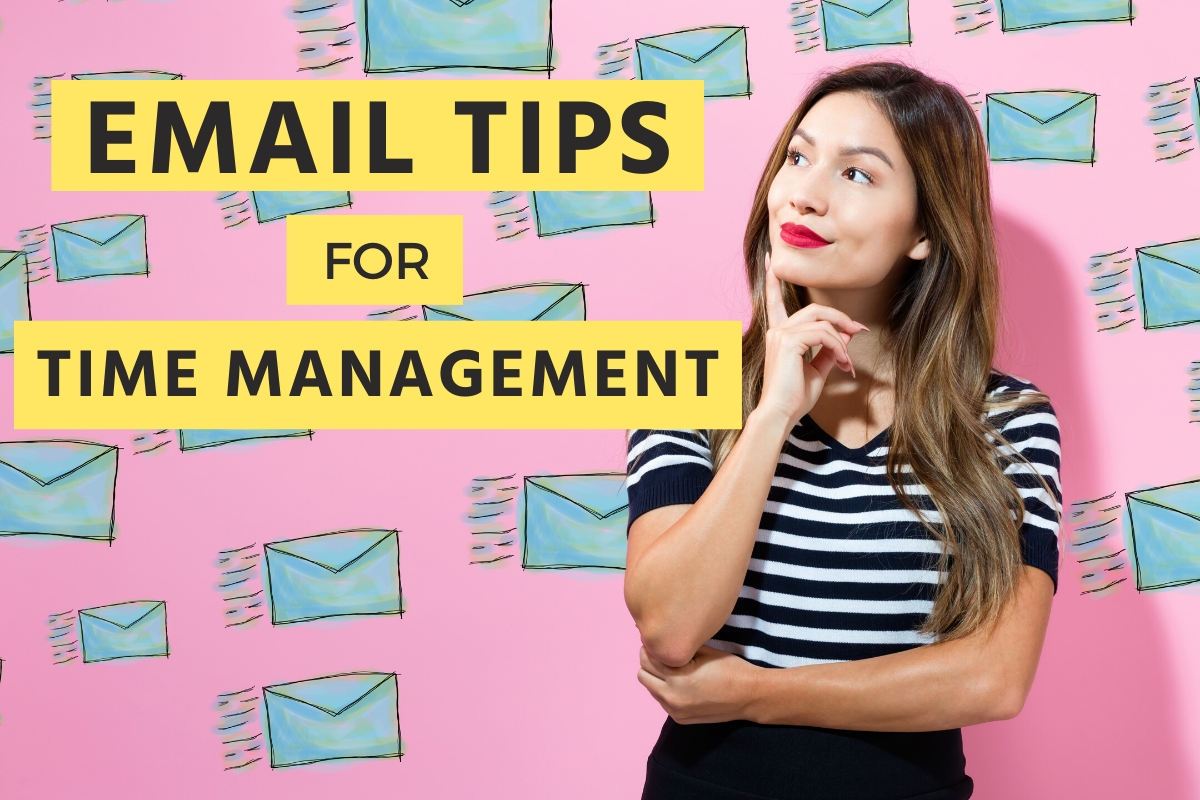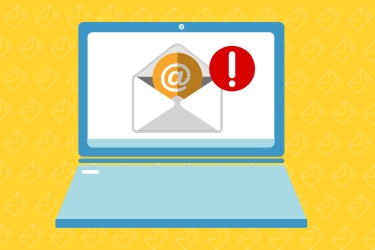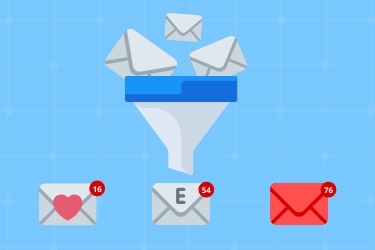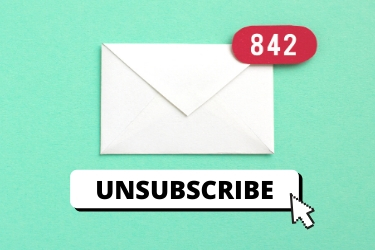
For as much as email is a tool for communication, it can be a means of procrastination and distraction for many people. To stay on top of your inbox, you must dedicate a lot of time to refreshing your email programs. A lot of time passes you by without realizing what you've done. You need to employ email management before your desire to achieve inbox zero becomes an obsession.
To make email work better for you as a tool by preventing it from eating up too much of your time, we've listed some of the best tips available. Following them makes reading and responding a deliberate task, not something that you do on autopilot. Not only will it save time, but it will also prevent you from experiencing email overload.
The amount of time you spend on addressing emails depends on the type of work that you do. If your primary role is to check and respond to customer inquiries as they come in, this rule doesn't apply to you. If you work in any other position where you use email, however, you should limit the number of times you check your inbox to no more than two times a day.

Apply Author David Allen's Two-Minute Rule to reading and responding to emails. If it takes less than two minutes to read and reply to the sender, by all means, get it done right away. If the email you received requires a more detailed response, you'll want to schedule a time to do the task. Answer all-important emails first as they are typically time-sensitive.
You should apply the 80/20 rule to email productivity as well. Defer 80 percent of the emails you receive and respond to the remaining 20 percent right away. It's how you'll stay on track and make sure that the people who require the most attention from you get it. After all, you've got other tasks and projects to work on throughout the day.
To avoid reading an email that has nothing to do with your goals for the day, elect to have your email client provide you with the first two lines of every piece of correspondence sent to you along with the sender name and subject line. It's like the Cliff Notes version of the email. You can skim your inbox without opening an email to see if it's something you'll need to address immediately. You'll also be able to identify promotional emails very quickly.

SaneBox is an example of an email management system that gets to know your habits concerning your inbox and does the filtering for you. That way, you're not spending more time than necessary filing emails into categories. You're able to pay more attention to responding to the sender or getting a promotional email out to your customers about an upcoming sale or special event.
The best email blast follows the same advice given here. It's straightforward and impactful. It gives your customers a reason to open it up and respond to it. It uses the right words so that the email client knows to sort it into other people's priority folders. If they're like you, they want to be able to take a glance at the relevant emails first and then respond to the less time-sensitive ones.
If you use Outlook, you can set up what is known as a 'rule.' It's mostly a way of sorting emails based on the criteria you choose. It can be by the sender or subject. It makes it, so you don't have to spend a lot of time sorting through emails each day. It will mainly know to apply the rule that you created and do the work for you.
All it does is encourage you to check your email more often. Instead, use another software program or app for staying on top of what you need to get done throughout the day. Daily To-Do List is for smartphones and has a simple interface that allows you to create lists and routines and check them off with the touch of a finger. It's free to use and gives you another option besides your inbox for creating task lists.
Among the most critical email management tips available is not to reinvent the wheel. If you find yourself answering the same questions regularly, create a template that you can quickly fill in with the correct information. It saves you the time of typing a new email from scratch and can be customized, however you see fit, quickly.

Remove your email address from mailing lists that consume too much of your time. If you find that you never open the emails sent from other businesses, take a few seconds of your time to unsubscribe from their list. You'll have less junk in your inbox and more energy available to give the senders that you need to reply to a timely response.
Incoming messages instantly get a response from you telling you when you'll return and reply to their correspondence. Rather than demand a response from you because they haven't heard back from you right away, people will know to contact you again when you return or to field their inquiry to someone else whose email was supplied to them by you. Your email inbox won't be as flooded as you would think it would be when you think about turning on the autoresponder outside working hours and during vacation.
Email productivity isn't about ignoring emails. It's also not about achieving inbox zero. It's about setting up systems that work for you so that you can have a life outside of your inbox. It's about maximizing the efficiency of your day without ignoring the critical messages that come in regularly.
The management tips listed here help you get more work done in less time. Like social media, email can become very distracting for some people. By applying what you've learned from this list of email tips for time management, you can lessen your dependency on trying to achieve inbox zero and spend more time getting actual tasks and projects done. Efficiency is yours for the taking!
Check out these small business website examples to see how consistent branding will make your business instantly recognizable. From the emails that you send to the profiles you keep on social media, everything should be cohesive. The colors, fonts, and logo that you use should look identical across all of your marketing materials. It's another way for your customers to recognize you as a brand.
Unless your job demands constant inbox monitoring, limit checks to once in the morning and once in the afternoon. Fewer sessions reduce distractions and batch work so you stay focused on other tasks.
If you can read and reply to a message in under two minutes, do it immediately. It clears quick items from your queue and prevents buildup that steals attention later.
Set your client to show sender, subject, and preview lines. Skim those details, delete promotional or irrelevant messages on sight, and only open items that match your day's priorities.
Yes. Tools like SaneBox or Outlook rules learn your habits and sort incoming mail into folders automatically. You spend minutes reviewing prioritized folders instead of hours manually filing everything.
Turning emails into action items forces you to reopen the inbox repeatedly, inviting new distractions. Use a dedicated task manager so you can process mail once, log needed tasks, and return to focused work.